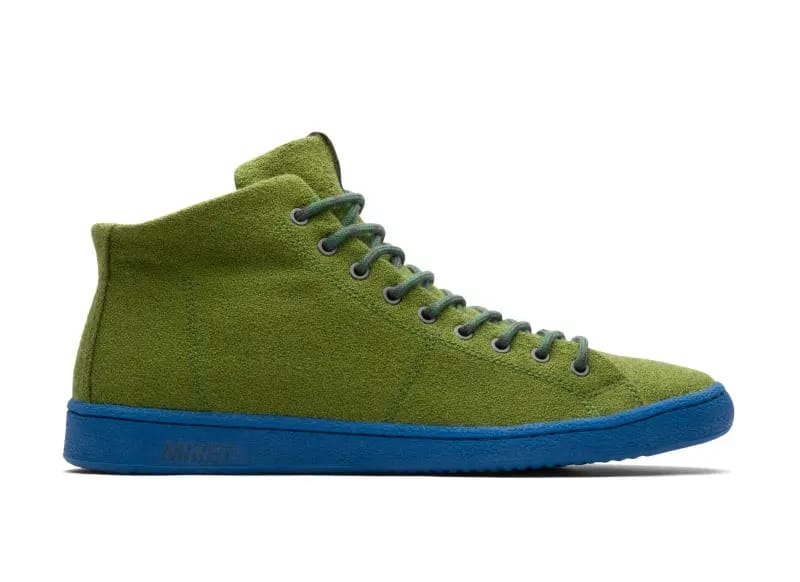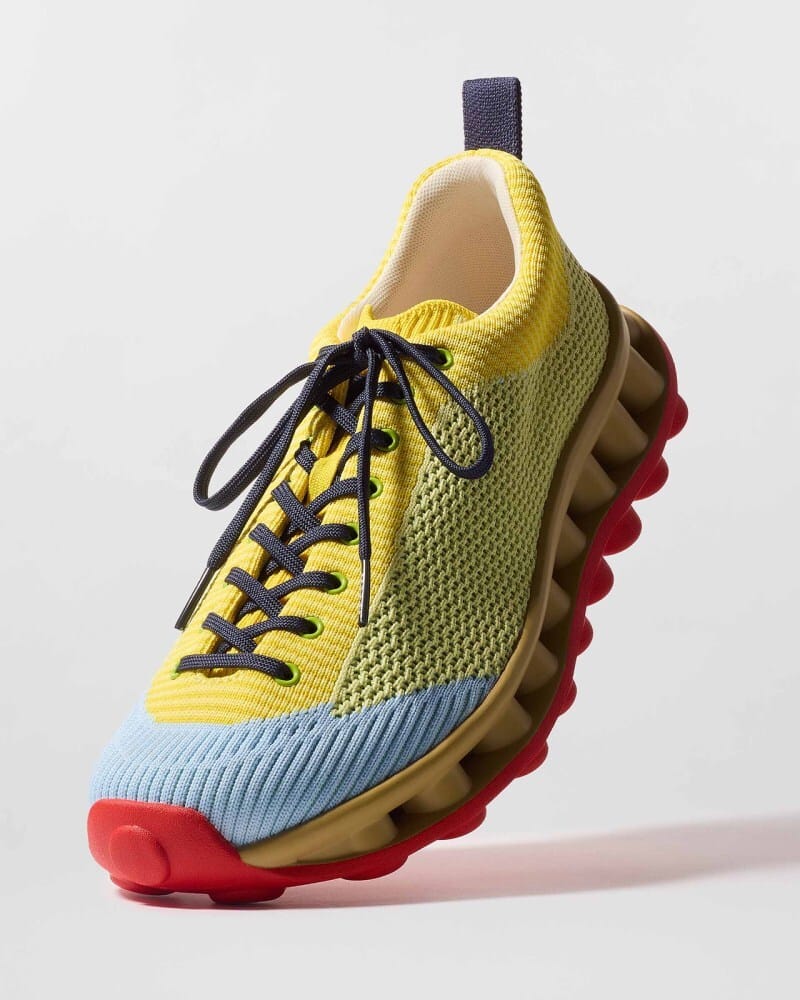Isn’t it remarkable how something as basic as a shoe can be so profoundly intertwined with nature? It’s more than just a design choice—it reflects a deeper understanding of how the natural world can influence comfort, movement, and even long-term foot health. From the way we walk to the materials that cradle our feet, nature is quietly guiding every step.

Of course, even the most thoughtfully designed footwear can’t fix every issue. If you’re experiencing persistent discomfort or pain, it’s worth checking in with a foot doctor to ensure your shoes are truly supporting your needs. After all, great design means nothing if it doesn’t work with your body.
Now, let’s explore how nature is inspiring everything from aesthetics to performance in modern footwear.

Nature as the Ultimate Design Partner
Designers have long admired nature for its inherent beauty and complexity. However, the current approach goes beyond mere appreciation. It’s about deciphering why nature’s designs are so effective, not just how they appear. Enter biomimicry: the practice of mimicking nature’s structures and processes to address human challenges. Footwear is a prime candidate for this innovative approach.
Consider how architectural designs mimic termite mounds for efficient ventilation, or how automotive designs adopt the streamlined form of dolphins for improved aerodynamics. Similarly, the footwear industry is recognizing nature as a profound design guide. After all, nature has already perfected many of the principles we strive for.
Biomimicry is gaining considerable traction in the realm of footwear, where designers are focused on understanding the intricacies of foot mechanics and creating shoes from the ground up to meet these demands. This approach translates to enhanced comfort, support, and performance.

The Visual Feast: Patterns, Textures, and Colors
Let’s now turn our attention to the aesthetic elements. Nature provides an inexhaustible source of visual inspiration for footwear designers, offering a rich palette of colors, textures, and shapes that can be translated into captivating designs.
Animal prints, for instance, are enduringly popular, adding a touch of the wild to footwear. Snakeskin, zebra stripes, and leopard spots create visually appealing designs, and it’s not just about the prints themselves; it’s also about the textures they evoke. Imagine fabrics that mimic the texture of bark or materials that resemble delicate feathers, adding depth and tactile interest to shoes.

Furthermore, earth-tone color palettes, drawn from landscapes, marine life, and plants, bring a sense of harmony and connection to the natural world. These colors create soothing and grounding designs that resonate with consumers.
An increased number of brands are incorporating nature’s beauty into their designs. Aliveform, for example, is one company pushing the boundaries of aesthetic possibilities, creating innovative and visually striking footwear. Their work is definitely worth exploring.

Functionality Rooted in Nature’s Adaptations
Nature isn’t just beautiful—it’s incredibly efficient. Across the animal and plant kingdoms, every structure serves a purpose, honed over millions of years of evolution. Footwear designers are increasingly tapping into these natural adaptations to enhance how shoes perform in real-world conditions.
Grip and Traction
One of the most practical applications of nature-inspired design is traction. Designers are borrowing cues from the paw pads of big cats, the textured undersides of lizards, and even the hoof patterns of mountain goats. These patterns offer insights into how pressure is distributed and how to maximize grip on a variety of surfaces. For example, Vibram integrates lug patterns inspired by goat hooves and canine paws into their soles, enhancing traction for hiking and trail running shoes.
Lightweight Strength
Bird bones are naturally hollow yet strong, and honeycomb structures in beehives offer optimal strength-to-weight ratios. These biological blueprints inspire lightweight midsoles and shoe frameworks that maintain durability without adding bulk. Adidas, through its 3D-printed 4D midsole, mimics these natural forms to deliver cushioning and responsiveness while reducing unnecessary material. The result is footwear that feels agile but still supports performance.
Water Resistance and Breathability
The lotus leaf is a masterclass in water repellency due to its microtextured surface, and designers have adapted this principle through hydrophobic coatings. Brands like Vessi use waterproof knit materials inspired by these natural surfaces to keep feet dry in rainy or muddy environments. On the flip side, for breathability, Nike’s Flyknit technology mimics the interwoven nature of plant fibers and spider silk—strong yet porous—to promote airflow and temperature regulation during movement.
By looking to nature not just for style but for structure and function, footwear design is becoming smarter, more responsive, and more attuned to how we move through the world.

Sustainable Materials
Natural materials have long played a crucial role in footwear production. However, with growing concerns about sustainability, there is a renewed emphasis on eco-friendly alternatives.
This is where sustainable materials enter the equation. Bamboo fiber, mushrooms (yes, really! Mycelium-based shoes are a growing trend), pineapple leather (Piñatex), and recycled ocean plastics are transforming the footwear landscape. Brands like Adidas, Allbirds, and Veja are leading the way in eco-design, demonstrating that it’s possible to create stylish and high-performance shoes without harming the planet.
Reducing our reliance on petroleum-based materials is more important than ever. The utilization of natural and recycled materials is essential for a sustainable future.
Hurdles and the Path Forward
While the integration of biomimicry into footwear production holds great promise, it also presents several challenges. Cost considerations and material availability are significant hurdles, and there are concerns about the durability and longevity of biodegradable materials. Consumer skepticism about new materials is another factor that needs to be addressed.
However, the future is filled with exciting possibilities. Advanced 3D printing technologies are enabling the creation of more organic and complex designs. Biofabrication is emerging as a realistic method for producing sustainable and customizable footwear. Scientists, engineers, and designers are collaborating to make nature-based innovation a reality.
Imagine wearing shoes that are grown in a lab, perfectly fitted to your feet, and completely biodegradable at the end of their life cycle. This is the ultimate vision, and we are steadily moving closer to making it a reality.

Final Thoughts
Nature’s influence on footwear is vast and multifaceted. From aesthetics to functionality, from sustainability to innovation, the natural world is shaping the future of what we wear on our feet.
It’s more than just incorporating colors and textures. It’s about creating a more sustainable and beautiful world, one step at a time.
Hopefully, the next generation of footwear designers will continue to look to nature for guidance, because, after all, nature knows best.
The post Nature’s Influence on Footwear Design: Merging Aesthetics and Functionality appeared first on Moss and Fog.
